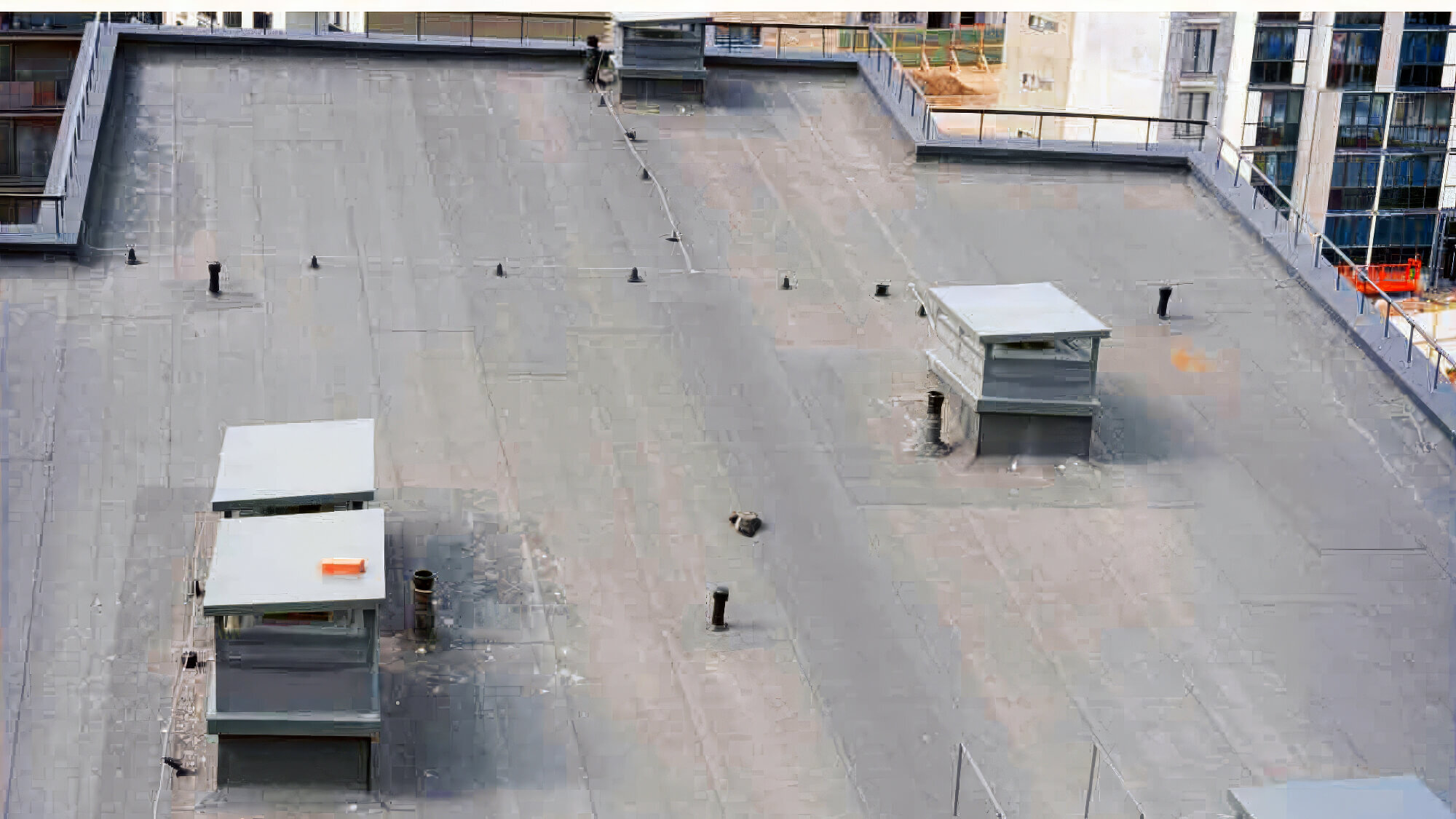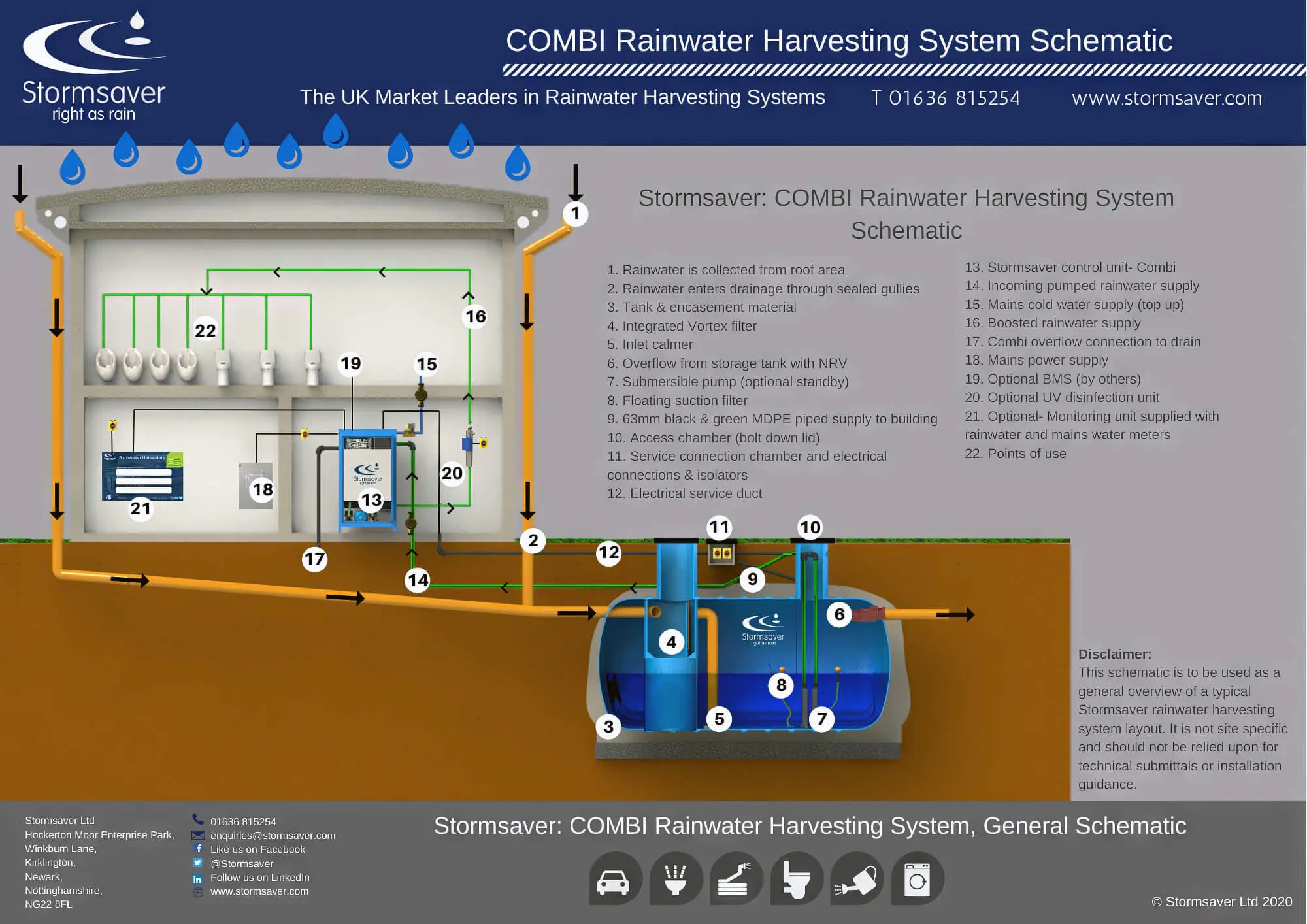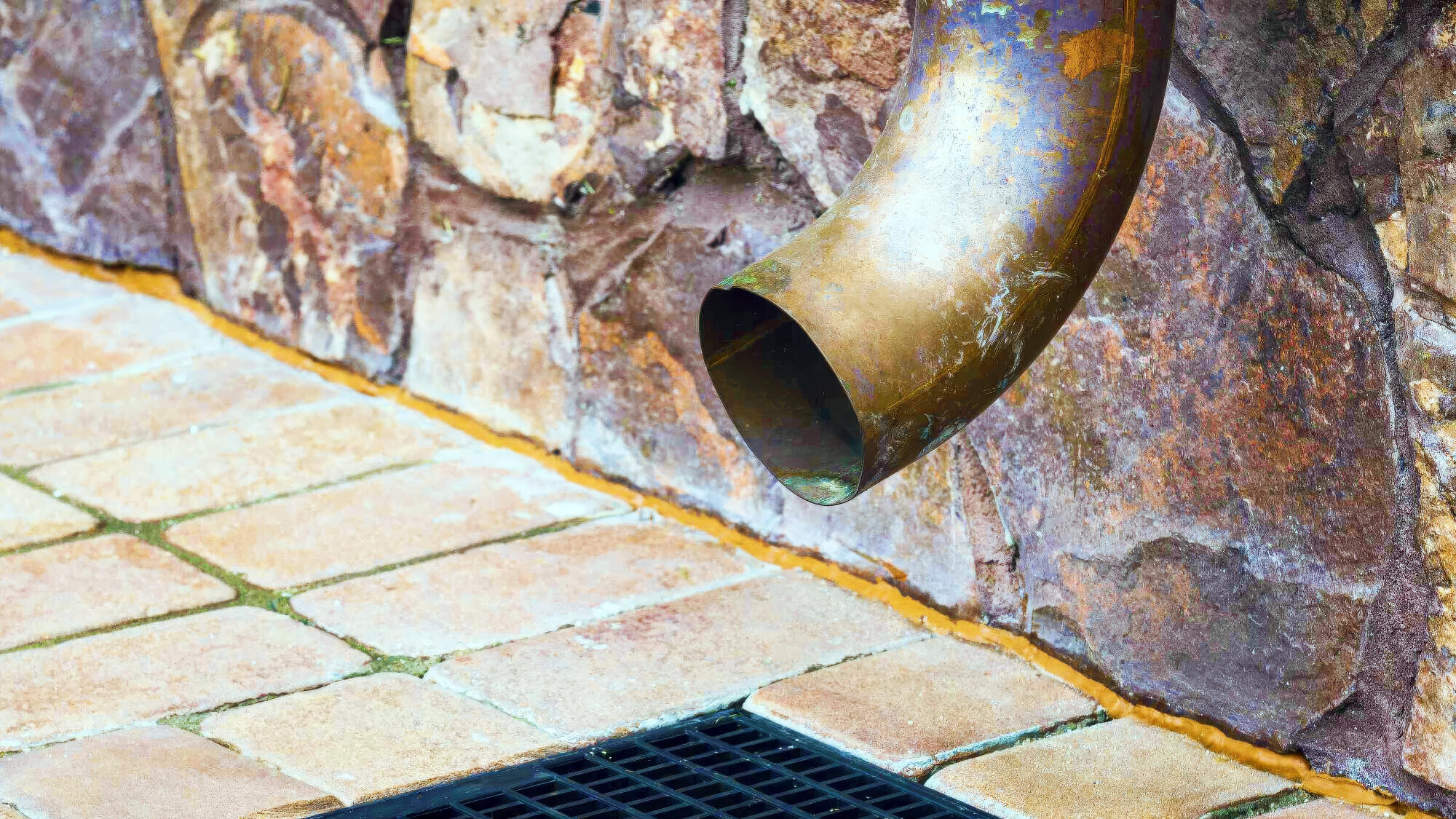With growing environmental concerns and limited resources, Australia’s construction industry is seeing a rise in sustainable building practices. A key part of this trend is effective rainwater drainage. Well-designed systems efficiently manage stormwater runoff, easing the pressure on public infrastructure and protecting buildings from floods.

However, implementing rainwater drainage in large commercial structures presents distinct challenges. These include designing systems capable of handling significant water volumes, incorporating drainage into the building’s aesthetics, and ensuring compliance with relevant regulations.
The Importance of Effective Rainwater Drainage
Adequate rainwater drainage is crucial for safeguarding buildings from water damage. Well-designed gutters and downspouts channel rainwater away from foundations, walls, and roofs. This prevents water from seeping into cracks and causing leaks, leading to structural problems, mould growth, and interior damage.
Poor drainage can seriously affect building safety. Water pooling around foundations can weaken the structure and raise flooding risks. Slippery surfaces from inadequate drainage pose slip hazards, endangering occupants.
Proper drainage also benefits the environment. Efficiently directing rainwater away from buildings reduces reliance on overloaded municipal stormwater systems, helping to conserve water resources and prevent untreated stormwater from polluting waterways.
Challenges of Rainwater Drainage in Large Commercial Buildings
Large Roof Areas and Extensive Paved Surfaces
Managing rainwater drainage in large commercial buildings presents unique challenges. Extensive roof areas and vast paved surfaces around the building significantly increase the volume of rainwater that needs to be efficiently collected and discharged.
Factors Influencing Drainage Design
Many factors impact how drainage systems are designed for these buildings. The size of the building directly impacts the volume of rainwater it needs to manage. A larger structure with a sprawling roof will generate much more runoff compared to a smaller one.

Additionally, the location and local rainfall patterns play a crucial role. Areas with high annual rainfall require a more robust drainage system compared to those with less precipitation.
Challenges in Implementation
Several constraints must be considered when designing an effective drainage system for large commercial buildings. Limited space availability within the building can pose a challenge for accommodating bulky drainage pipes and structures.
Fitting the new system into existing infrastructure needs careful planning to prevent disruptions to daily operations. Also, it’s vital to comply with local stormwater management regulations. These rules might require specific steps to control runoff, cut pollutants, or even collect rainwater for reuse.
Effective Rainwater Drainage Design
A well-thought-out rainwater drainage system is crucial for safeguarding your property against foundation damage, erosion, and flooding. Although DIY solutions are available, working with qualified engineers and plumbers ensures the system functions optimally and adheres to local regulations.
Here are key considerations for effective rainwater drainage:
Collecting Rainwater
Gutters and downspouts are the workhorses, capturing runoff from your roof. Consider gutter size based on roof area and rainfall intensity. Downspouts should be large enough to handle collected water and strategically placed to avoid foundation saturation. Scuppers, built-in openings in parapets, can be alternatives for flat roofs.
Conveying Rainwater
Proper pipe sizing is vital. Undersized pipes lead to backups, while oversized ones waste resources. Utilise drainage maps or consult professionals to determine the correct pipe diameter and slope.

A minimum slope ensures water flows freely; avoid flat sections where debris can accumulate. The layout should efficiently channel water away from the building, minimising the risk of pooling near the foundation.
Disposing of Rainwater
The final step involves directing the collected water. A common option is connecting to a municipal stormwater system, but local regulations may apply. Infiltration systems, where water is allowed to percolate back into the ground, are eco-friendly solutions but require soil suitability checks. Rainwater harvesting captures runoff for later use in irrigation or other non-potable applications.
Installation and Maintenance of Rainwater Drainage Systems
A well-functioning rainwater drainage system starts with a strong foundation. High-quality, durable materials and proper installation by qualified professionals ensure your system weathers the elements for years.
Regular maintenance, like clearing debris, is key to prevent clogs and keep rainwater flowing smoothly, protecting your property from potential water damage.

Additional Considerations for Large Commercial Buildings
Rain gardens and bioswales capture rainwater runoff from rooftops and parking lots. This runoff is then filtered by plants and soil, reducing pollutants before infiltrating the ground or slowly releasing it into storm drains. This reduces stress on sewer systems and promotes groundwater recharge, benefiting the surrounding environment.
During the design stage, it’s crucial to consider future maintenance access for these green infrastructure elements. This ensures they function well over the long term. Easy access for cleaning out debris, maintaining vegetation, and inspecting for clogs is important.
Smart Rainwater Drainage Solutions for Large Commercial Properties
By implementing a well-designed rainwater drainage system, you’re safeguarding your property, reducing environmental impact, and potentially saving money. For expert guidance on installing and maintaining a system perfect for your large commercial building, contact Big Blue Plumbing. Our team ensures your commercial plumbing needs are met with efficiency and expertise.



